Three Wonderful Cities in Venezuela
Sightseeing in a South American country
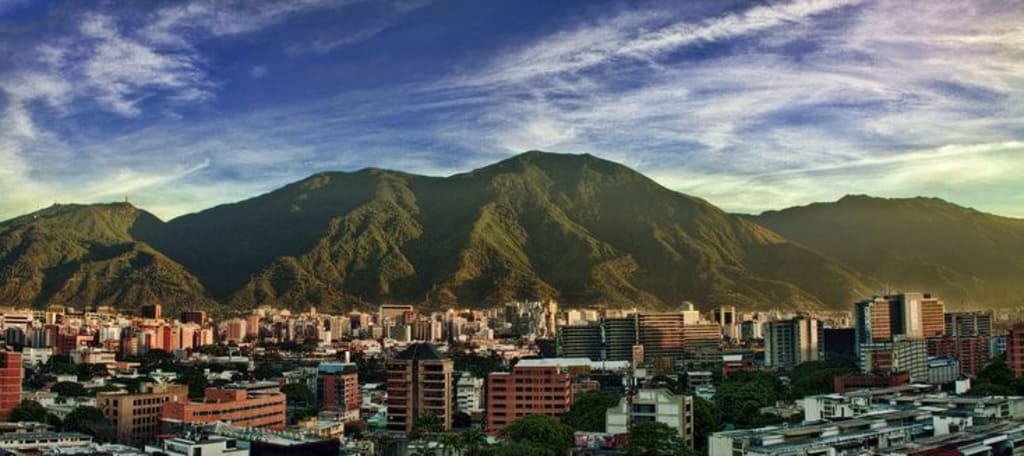
Venezuela is a country on the northern coast of South America. There are tropical resort islands along the Caribbean coast including Isla de Margarita and the Los Roques archipelago.
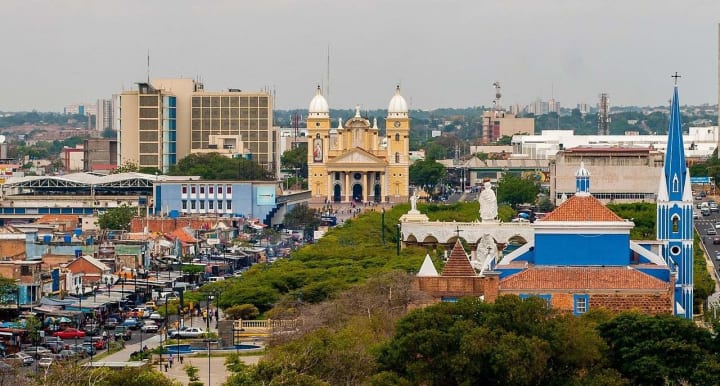
Maracaibo is located in northwestern Venezuela and is the capital of Zulia state. It is the center of Venezuela’s oil industry.
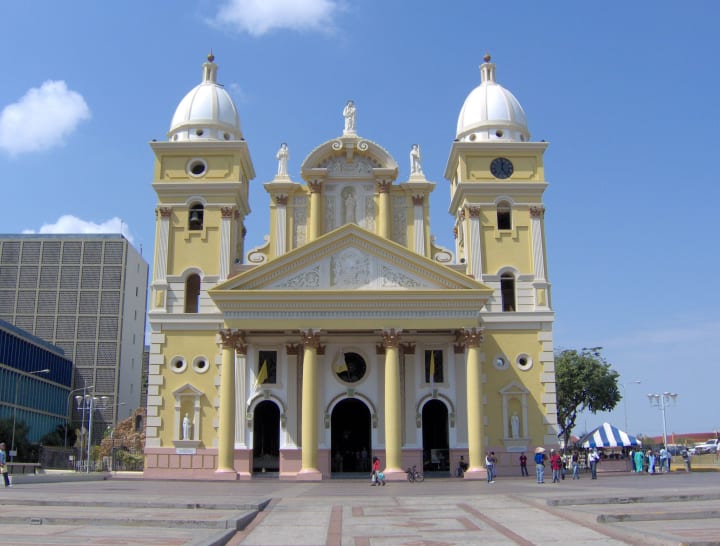
The Basilica de Maracaibo dates back to the 19th century. The most revered image in the cathedral is the Cristo Negro or Cristo de Gibraltar. The image is to the left of the high altar.
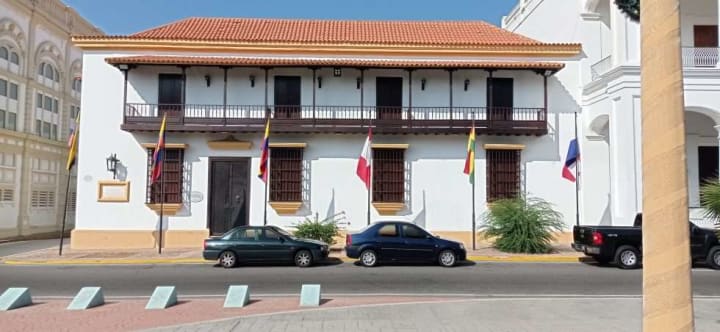
Casa de la Capitulacion dates back to the late 18th century. It was here that the Spaniards who were defeated in the naval battle of Lago de Maracaibo signed the act of capitulation on August 3, 1823, sealing the independence of Gran Colombia. It is the only residential colonial building remaining in the city. It has been fitted with period furniture and decorated with paintings of heroes of the War of Independence.

Museo Urdaneta is a museum dedicated to Maracaibo-born General Rafael Urdaneta, the city’s greatest independence hero. Here you can see a collection of objects, documents, paintings, and other memorabilia that is related to General Urdaneta and events of that period.
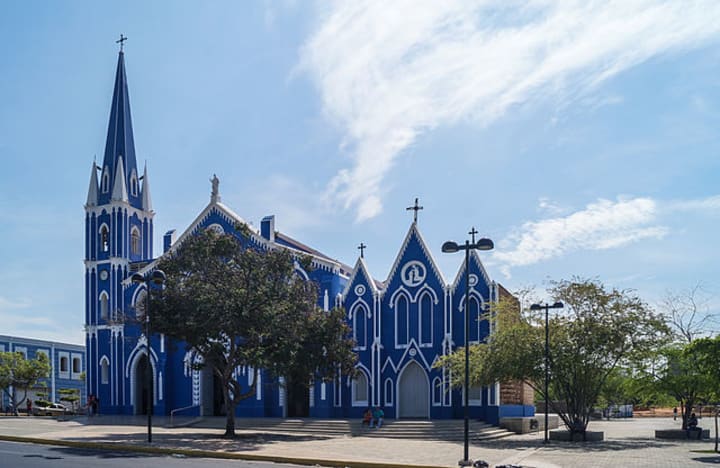
Iglesia de Santa Barbara is a blue-colored neo-Gothic church.
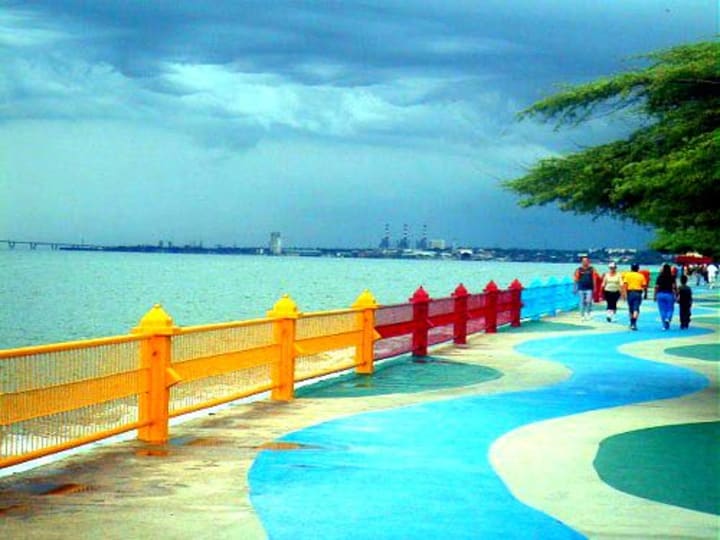
Vereda del Lago lakeshore features the Aquamania water park. There is also a paintball court.
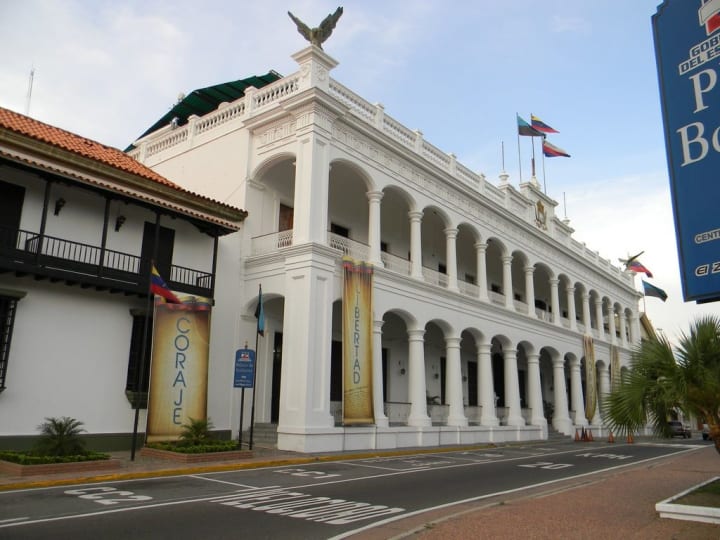
Palacio de Gobierno is a mid-19th-century palace also known as the Palacio de las Aguilas or Palace of the Eagles due to the two condors on its roof.
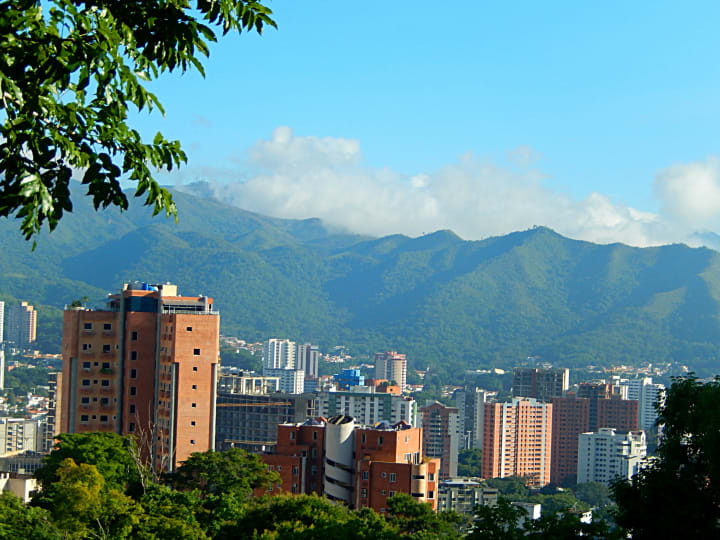
Valencia
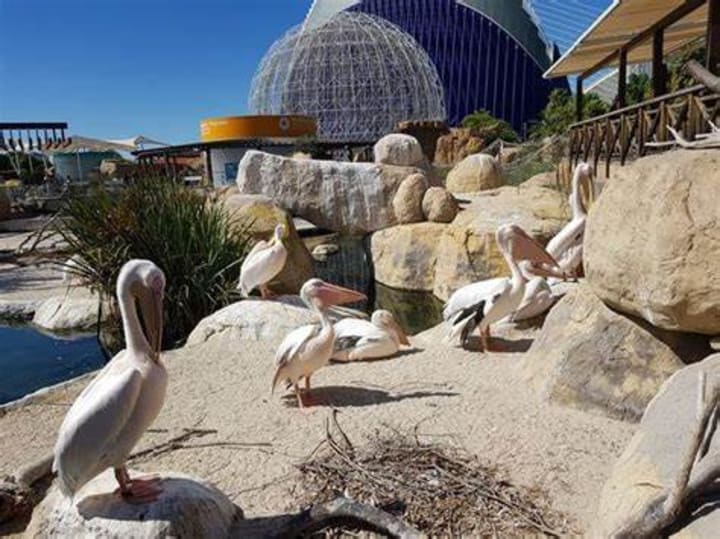
The Aquarium and Zoo is the main attraction in Valencia. At present it is the largest aquarium in Latin America. There is a large collection of native fish from numerous countries among them piranhas and eels from around Venezuela. You can enjoy a show by freshwater Amazon dolphins. There is a play area for children and a small zoo with pumas, monkeys, tapirs, turtles, caimans, exotic birds, and snakes.
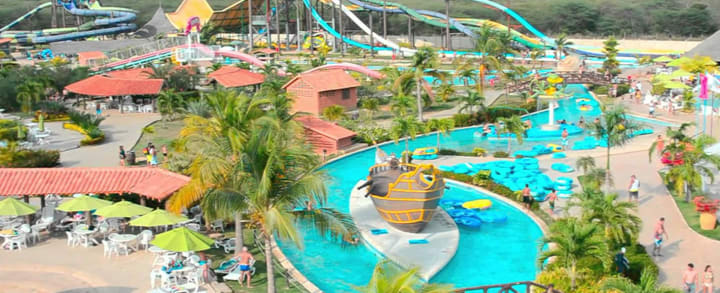
Dunas Park is a popular amusement park on the northern end of Valencia. There are many fairground attractions for children. One of the highlights is the huge miniature golf course. There is also a water park. Visitors can ride a train around the park, ride go-karts, go bowling, and enjoy other activities. Plenty of amusement park food and drink.
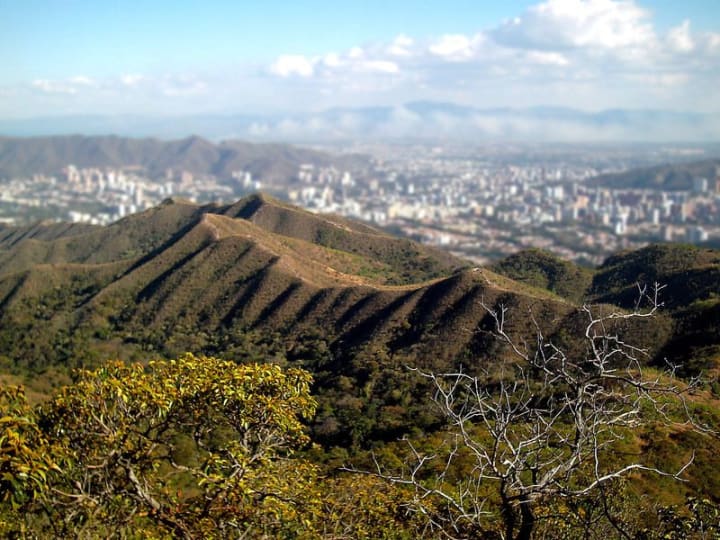
Cerro Casupo Municipal Park is a public park on the north-western side of Valencia. The park has rolling hills, grassy clearings, and hiking trails. People enjoy walking the woodland trails and riverside paths. You can also enjoy a picnic.

Plaza Bolivar forms the heart of historic Valencia. It is surrounded by many impressive architectural buildings like the city’s cathedral. This busy public square is named in honor of Simon Bolivar the great political and military leader. It is home to a prominent marble column, towering some 10 meters high, and was erected at the end of the 19th century.
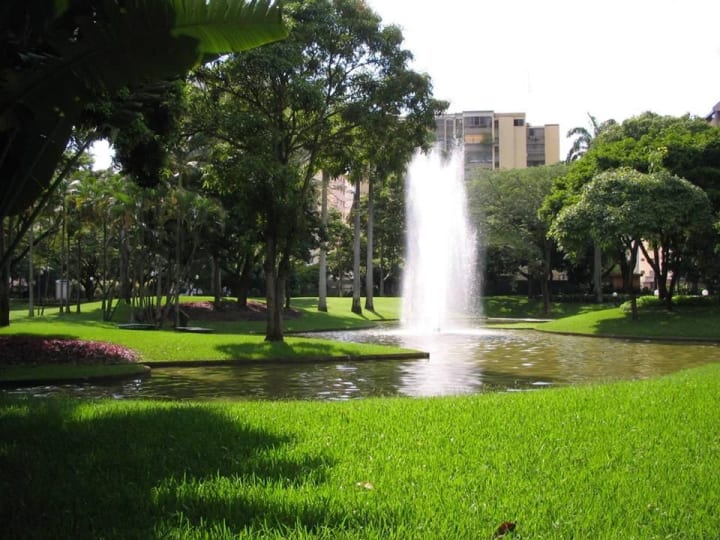
Parque Penalver is a great park for walking and there are plenty of benches and recreational activities. Here you’ll find a statue of its namesake, Fernando Penalver, a famous independence leader, known for his part in the War of Independence.
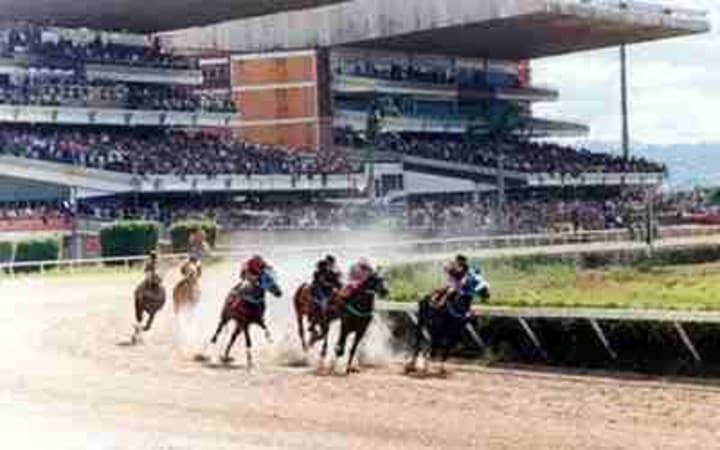
The Hipodromo Nacional de Valencia is found on the outskirts of the city. It is one of the biggest horse racing tracks in the country. It was established in the 1970s. Besides weekly horse racing the track is also used for training and other equestrian-related events.
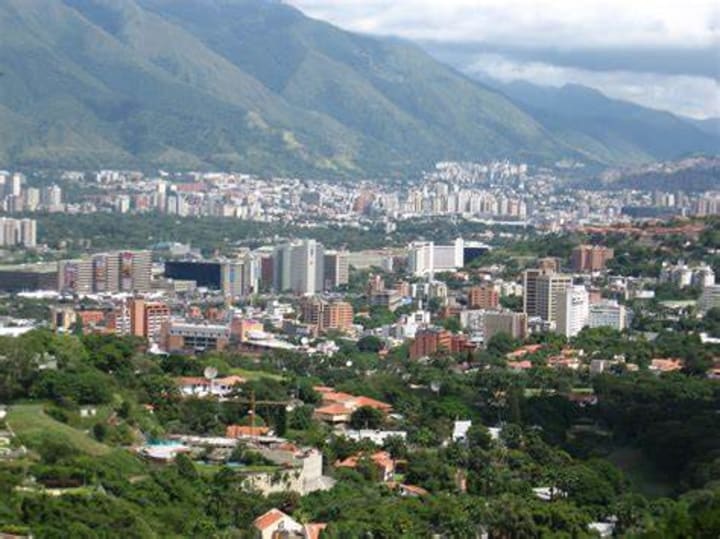
Caracas is the capital of Venezuela and is a commercial and cultural center.
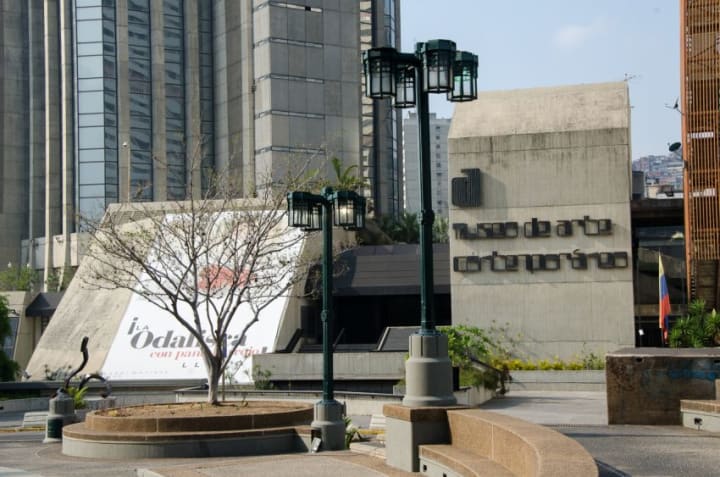
Museo de Arte Contemporaneo de Caracas is the best contemporary art museum in the country. Here you’ll find a dozen halls on five levels with artwork by many prominent Venezuelan artists. There are paintings by international artists as well such as Picasso, Chagall, and others.
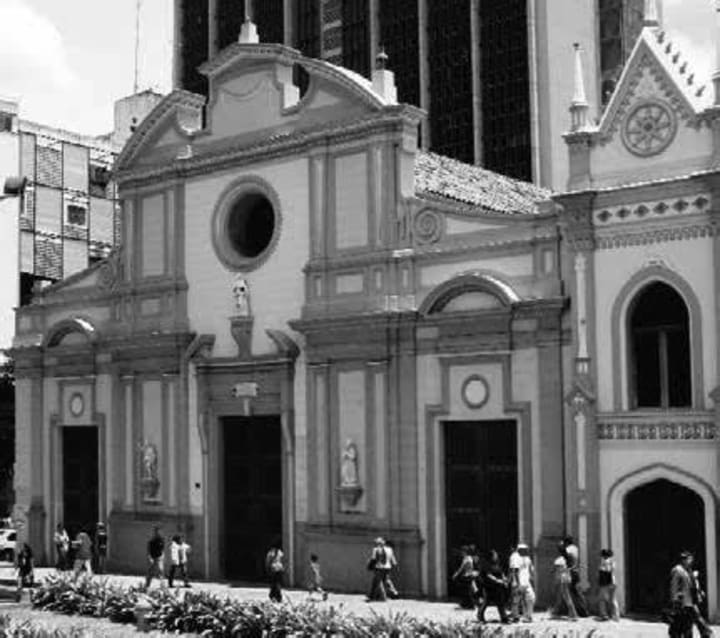
The Church of San Francisco was built in the 1570s and remodeled during the 17th and 18th centuries. The church has a neo-Classical facade. There are gilded Baroque altarpieces. In the right-hand aisle is a statue of San Onofre, a most venerated saint due to his miraculous powers of bringing health, happiness, and a good job.
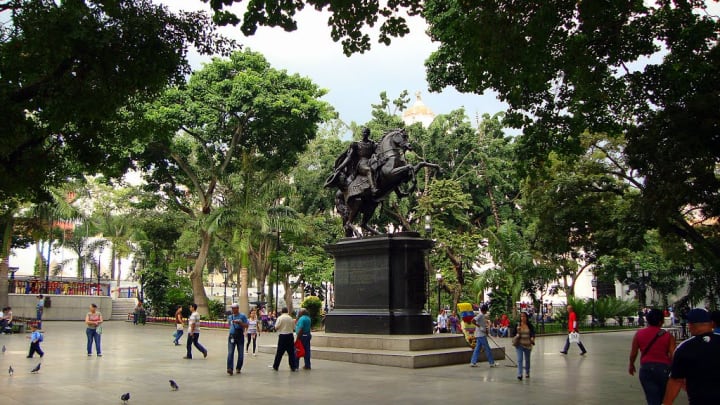
Plaza Bolivar is a leafy square in the heart of Old Town. It is often full of people and children. Vendors sell lemonade and shaved ice. Here you can see African tulip trees and jacarandas. Golden cherubs are around the fountains at each corner of the square. In the center is an equestrian monument to Bolivar.
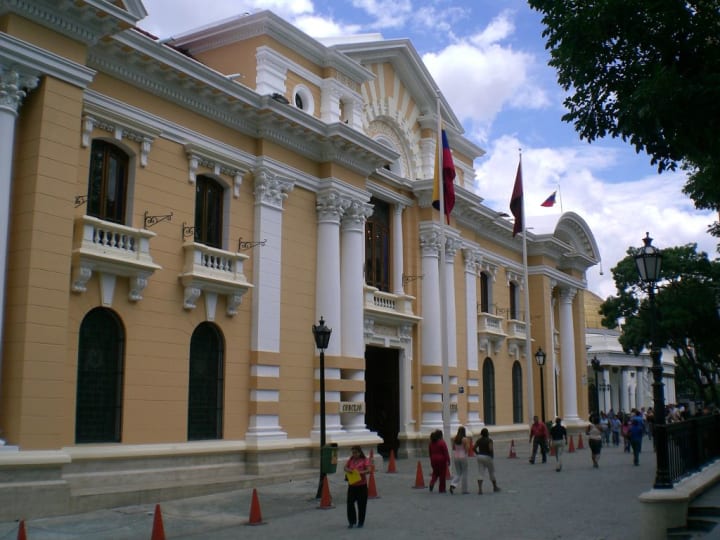
Concejo Municipal on the southern side of Plaza Bolivar. The city hall was built by Caracas bishops from 1641 to 1696. Today it is the seat of the Municipal Council and part of it is open to the public.
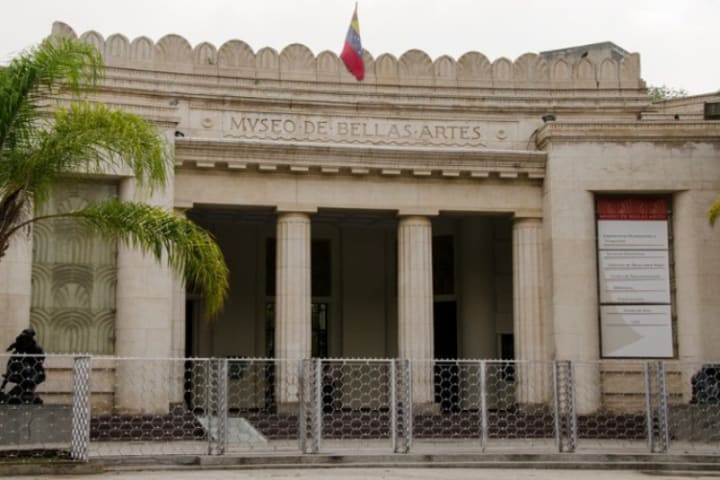
Museo de Bellas Artes is a lovely museum housed in two buildings. One is a modern six-story building and the other is a graceful building in the neo-Classical style with a courtyard, a pond. and a weeping willow. The museum features permanent exhibitions from Egypt and China. There are temporary exhibitions in 18 galleries. A little shop sells contemporary art and crafts.
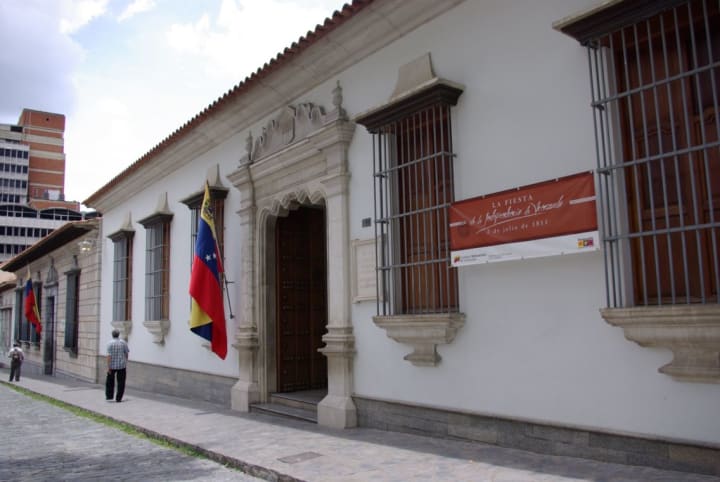
Casa Natal de Bolivar Simon Bolivar’s birthplace. There are huge paintings by Tito Salas that depict Bolivar’s heroic battles and scenes from his life.
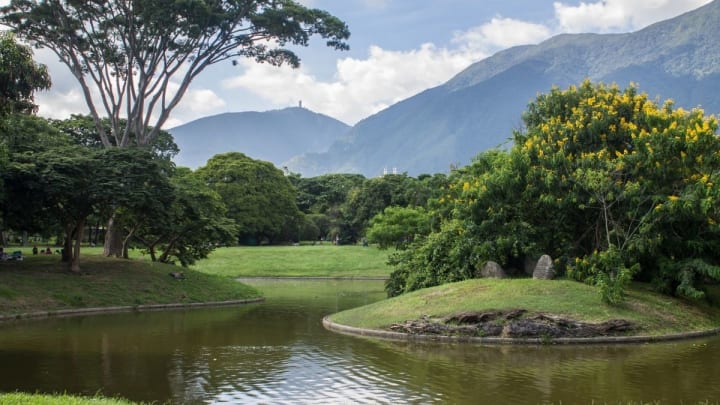
Parque Generalissimo Francisco de Miranda was created from a former coffee plantation. It is the largest park in Caracas. Walking through the park you can note that many of the trees and plants are labeled. Visitors enjoy the snake house, aviary, and cactus garden. On weekends you can enjoy the astral display in the Planetario Humboldt.
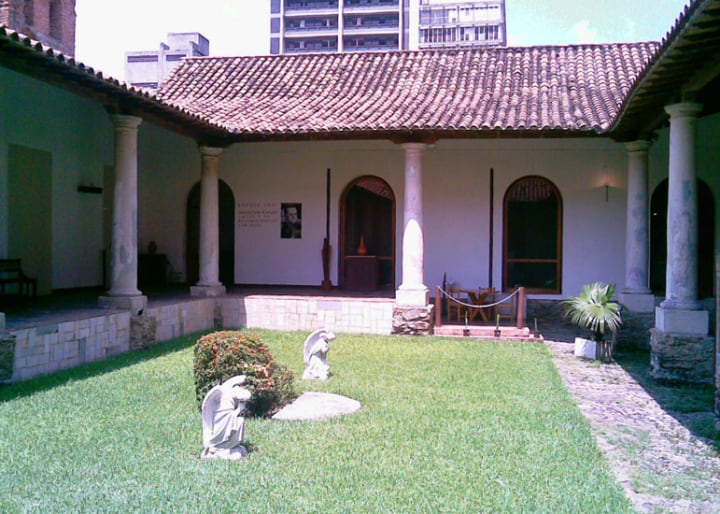
Museo Sacro de Caracas is housed in a colonial building built upon the site of an old cathedral cemetery. It displays a collection of religious art. Through the low doorway into the old ecclesiastical prison, visitors can see the sealed niches where lie the remains of early church leaders. The museum also plays host to concerts and recitals. In a former chapel is a cafe.
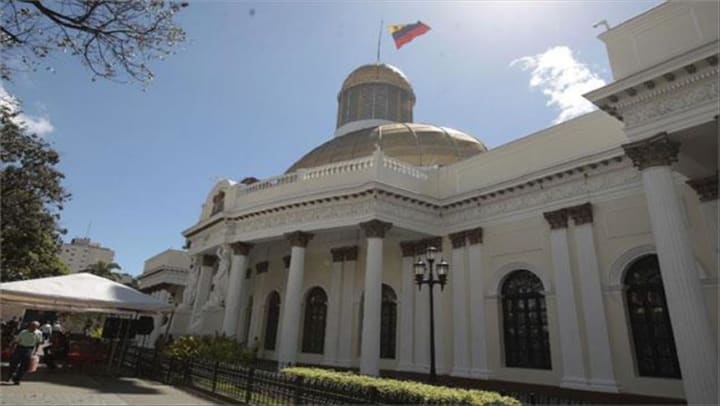
Asamblea Nacional occupies the entire block just southwest of Plaza Bolivar. This two-building complex was built on the site of a convent. On weekends it's open to the public.
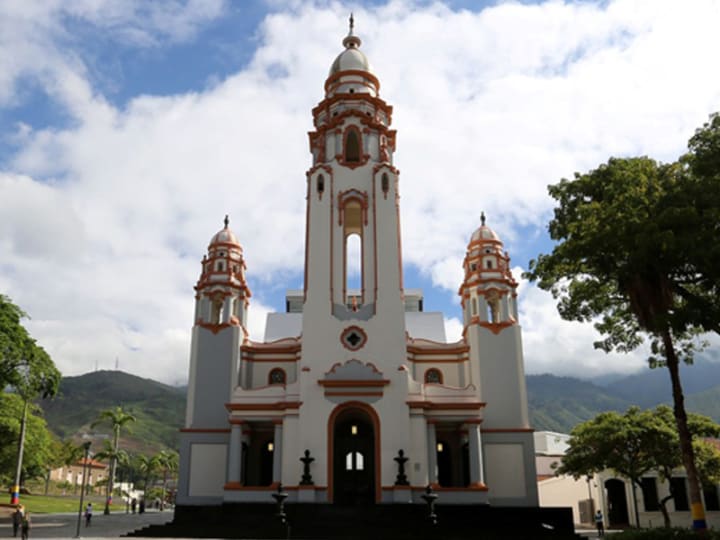
Panteon Nacional the entire central nave is dedicated to national hero Simon Bolivar. His bronze sarcophagus is placed on the chancel and the path to reach his tomb is covered by a ceiling full of paintings depicting Bolivar’s life. This artwork was done by Tito Salas in the 1930s.

Museo de Arte Colonial is considered to be one of the finest museums in Latin America. It is housed in an impressive country mansion known as Quinta de Anauco. It has a charming patio and lush, shady gardens. A ball was held here in honor of Simon Bolivar on his last night in Caracas.
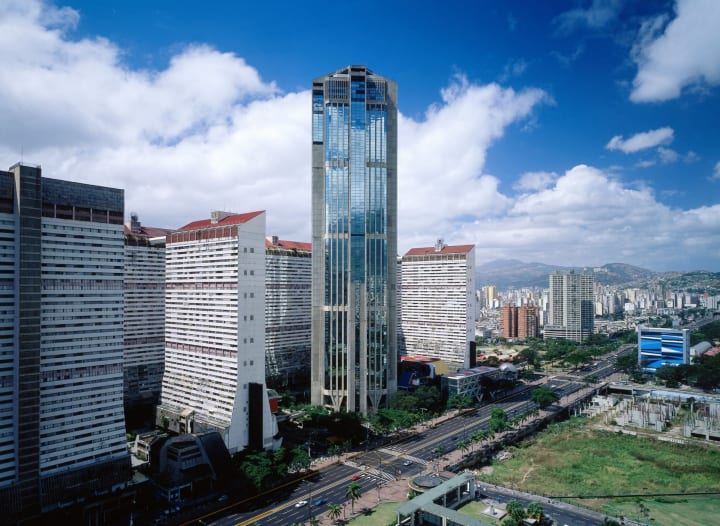
Parque Central is located right in the heart of the city. It includes some of the city's best museums and the country’s tallest skyscrapers.
About the Creator
Rasma Raisters
My passions are writing and creating poetry. I write for several sites online and have four themed blogs on Wordpress. Please follow me on Twitter.
Enjoyed the story? Support the Creator.
Subscribe for free to receive all their stories in your feed. You could also pledge your support or give them a one-off tip, letting them know you appreciate their work.





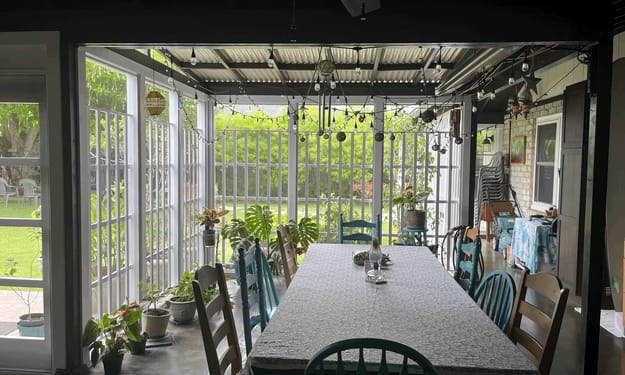
Comments
There are no comments for this story
Be the first to respond and start the conversation.